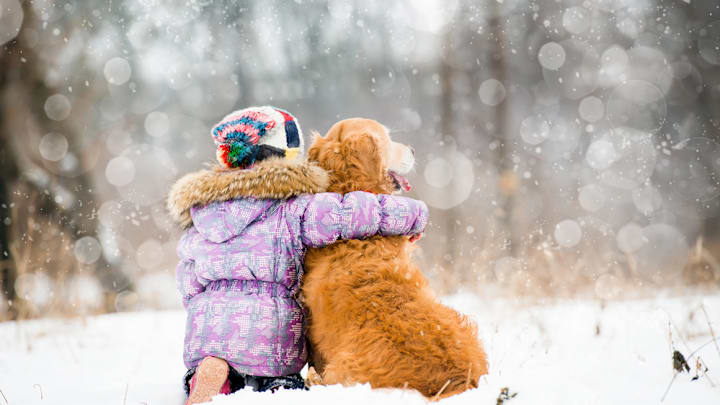How to Help Your Dog Feel Less Anxious (And More Like Themselves Again)

If you’ve ever returned home to find scratch marks near the door, shredded pillows on the couch, or a dog who looks more frazzled than festive during fireworks, chances are your pup is dealing with anxiety. And just like people, dogs can struggle with overwhelming feelings that affect their behavior and well-being.
The good news is, there are gentle, consistent ways to help your furry friend feel more at ease—and many of them fit right into your everyday routine.
What's Making Your Dog Anxious?
Understanding the why behind your dog’s anxious behavior is step one. Some dogs become distressed when left alone, even for short periods, which points to separation anxiety. Others react strongly to loud or unexpected noises—things like thunder, fireworks, or even the sound of the vacuum cleaner. Changes in their environment, such as moving to a new home, the arrival of a new baby or pet, or any shift in the household dynamic, can also trigger unease. And for some dogs, the issue isn’t emotional at all—it’s boredom. A lack of mental and physical stimulation can often show up as anxious behaviors like chewing, pacing, or barking.
Each dog is different, so paying attention to what sets off your pup’s nerves can help you shape a plan that works for them.
Routines Are a Game-Changer
Dogs thrive on predictability. When things happen around the same time each day—meals, walks, playtime, and rest—they begin to feel a sense of structure. This rhythm reduces uncertainty and helps your dog feel secure in their environment. Even small routines can make a big difference. Greeting them with the same calm energy each morning or winding down at night with quiet time can help reinforce that the world around them is steady and safe.
Create a Safe, Soothing Space
A calming environment plays a huge role in helping dogs manage their anxiety. You might create a designated space in the home just for them—somewhere soft, quiet, and comforting. A cozy corner with their favorite blankets, a crate with a cover to reduce stimulation, or even just a specific spot by your side can become their go-to haven. Adding calming elements like background music, low lighting, or an item of your clothing with your scent can also work wonders. These small details build an environment that gently says, “You’re safe here.”
Keep Them Engaged (Mentally and Physically)
Exercise is essential—not just to tire them out physically, but to help regulate their mood. A brisk walk, a run in the yard, or a fun game of fetch helps burn off nervous energy. But don’t overlook mental enrichment, which can be just as important. Dogs benefit from activities that challenge their brain—things like treat puzzles, hide-and-seek, or scent games. Changing up their routine with new tasks or toys throughout the week adds variety and helps prevent anxiety that stems from boredom.
Gentle Reinforcement Goes a Long Way
It’s natural to feel frustrated when your dog barks excessively or chews things they shouldn't. But it’s important to remember that anxious behaviors aren’t misbehaviors—they’re cries for help. Instead of reacting with punishment, focus on calm, positive reinforcement. Rewarding your dog for calm behavior with gentle praise, petting, or small treats can help them feel more secure. Over time, they begin to associate relaxation with safety and love.